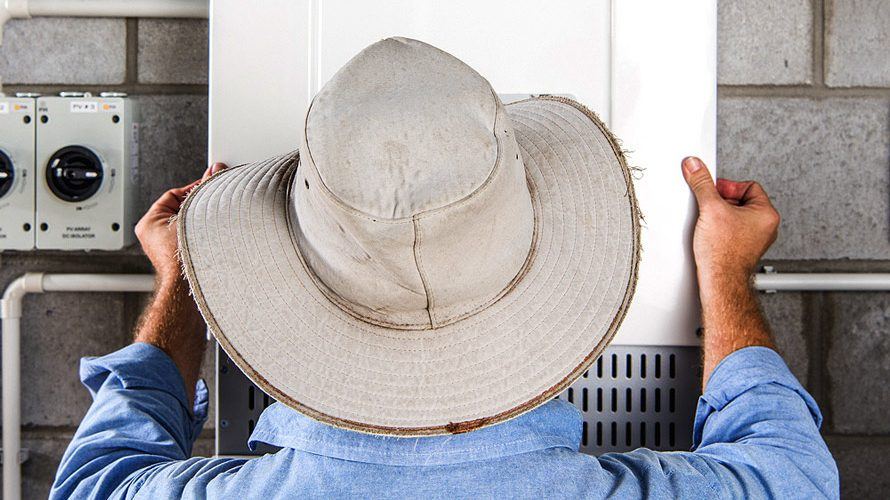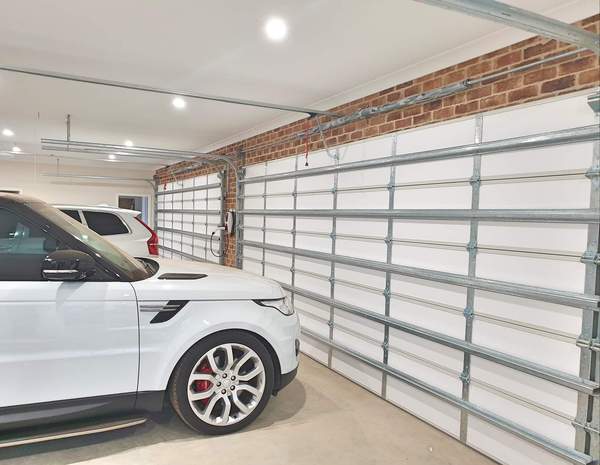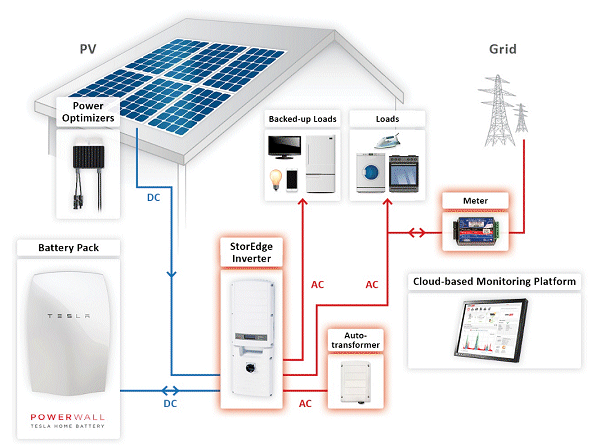My solar system has now generated over a MWh (Megawatt Hour) since it was installed in late March with the Powerwall. Essentially that means my panels have generated…
wait for it…
zoom in to close up …

One Million Watts!
Yep, that’s lame, but I’ve been waiting to kick that off for weeks now. And some would say that picture has a striking resemblance to me.
On average that makes it a bit over 25kWh per day solar power generated, which is quite good considering we had a few cloudy days. Record day so far is about 33kWh generated, which might get broken around the summer solstice next year when the days are a bit longer.
March in Australia generally resembles February, but at this stage it is even warmer than usual in Sydney. You can read a really good summary at The Conversation about why its happening this year in particular.
I’m also following 9th Dan Chart-Master, Ketan Joshi on twitter, to see what statistical wizardry he’ll come up with next in terms of climate science and weather patterns.
This record period above 26oC (79oF) has certainly provided some amazing solar power statistics for the first week in June.
Fairly healthy rates for import and export, and its just a shame I’m yet to take advantage of feed-in tariff. I’m still awaiting changeover to Diamond Energy so I can take full advantage of Reposit Power with the Powerwall later this month. SO excited. GridCredits!!!
If I was on my current provider’s plan (which I’m not because I’d have to sign a new agreement), I’d have imported about $1.70 worth of power after all discounts, and made about $4.40 in feed-in tariff. Throw in 7 days of connection charges of $4.94 after discounts, and I’m $2.24 in the red, theoretically.
However, I’ve consumed 110.17kWh of my own making, or nearly 16kWh per day. That is actually pretty low against the household average over the year (~20) and if I didn’t have solar panels, that 110.17kWh + connection fees would be somewhere in the order of $31.70.
So really, when you think about it, I’m almost $30 to the good!
Right at the start of you can see a little red block. This was an anomaly where the battery management firmware was confused by 29th February (Leap Day). Yeah, as a developer I can tell you it happens, occasionally. I’m assured its fixed, and because we’re on daylight savings time right now it started at 1AM on the 29th Feb and went through until 1AM on 1st March. Cool.
There is a big spike on 3rd March which was air conditioning going on for a very warm afternoon. On the morning of 7th March the battery finally went to sleep after the previous evening’s efforts cooking dinner and dessert.
Why burn stored energy doing all that baking in the evening? Firstly, it was a work day, but mostly, let’s just say that you can’t put obsessive battery monitoring ahead of my wife’s roast chicken, followed up by chocolate cake. You just don’t.
Our electric oven is running a bit out of kilter at the moment, judging by the noise coming out of the fan assembly. I’m getting that rectified next week, which should decrease duration of usage, by providing a more efficient cooking cycle. Moar cakez!
I recently added a new network attached storage (NAS) for backup duties, after the old one finally threw a shoe – i.e. one of its RAID partitions. The new one has power recovery so can handle being on a timer, along with the TV and games console running from that outlet. Only a few watts saved, but every bit counts when you’re trying to get the battery through the night as often as possible, under varying circumstances.
Powerwall Zen
As I’ve learned a bit more about the Powerwall, I’ve also tweaked some of the larger hardware pieces to exist in harmony with each other and the solar system in general.

For example, the pool pump needs to be running for a certain number of hours per day to ensure cleanliness, and takes about 0.8kWh at standard operation. I’ve worked out the pump capacity (Qmax) and rate of flow correctly, to ensure I use only the minimum hours per day. I also figured out that running it later in the day allows the battery to top up earlier as the panels start cranking up the flow mid-morning.
In partnership with this, the timer on both our washing machine and dishwasher are set for the early afternoon, when the sun is at its highest. I leave a gap in the pool timer of 2 hours in the middle of the day so both these devices can run without issue, even when the sun isn’t so bright.
As always, a solidly overcast day can throw some of these plans out of whack, and that’s why a grid connection is a must. Beyond keeping the warranty of the Powerwall at 10 years (off-grid is only 4), in suburbia there is simply no reason to disconnect, with the grid as your fallback.
And I’m only a couple of weeks away from generating GridCredits, getting the battery topped up before the 2PM peak boundary makes sense both financially, and from the data it will provide to advance our knowledge of micro-grids in a modern urban environment.
Now, if you’ll excuse me, I smell cinnamon cupcakes baking…
from https://unleashthepowerwall.com/my-powerwall-update/
from
https://unleashpower.tumblr.com/post/625134279575420928



